There’s nothing that will make your heart skip a beat quicker than finding a child or pet munching on a toxic plant. While plants and flowers beautify our lives and property, the potential for harm is always present, even among the most common household varieties. So it’s important to know the plants that are harmful to humans.
Adults are responsible for teaching children to respect plants and wildlife, including the foliage that grows in their own backyard. There are some plants you might not want to keep on your property or in your home if you have curious little ones. Here are twelve common plants that threaten human health.
While some of them will only cause an irritating rash, others are deadly, even when consumed in very small amounts. There are hundreds of plant species that are poisonous to humans as well as pets. Here are a few examples commonly found on properties across the United States.
1. Poison Ivy

Image Credit: Shutterstock.
Woody vines or shrubs native to the United States, these three plants can each cause a nasty rash from the potent component urushiol oil.
Burning the plants for disposal only releases toxins into the air, causing problems for anyone who comes in contact with the smoke. Inhaling these toxins can be detrimental to the lungs, even lethal.
If you decide to remove it yourself, make sure you take precautions: cover every part of your body. Use long sleeves and long pants, and make sure you use a pair of long gloves that will not leave any part of your hands/arms exposed. Here’s how to safely remove poison ivy from your yard.
2. Poison Oak
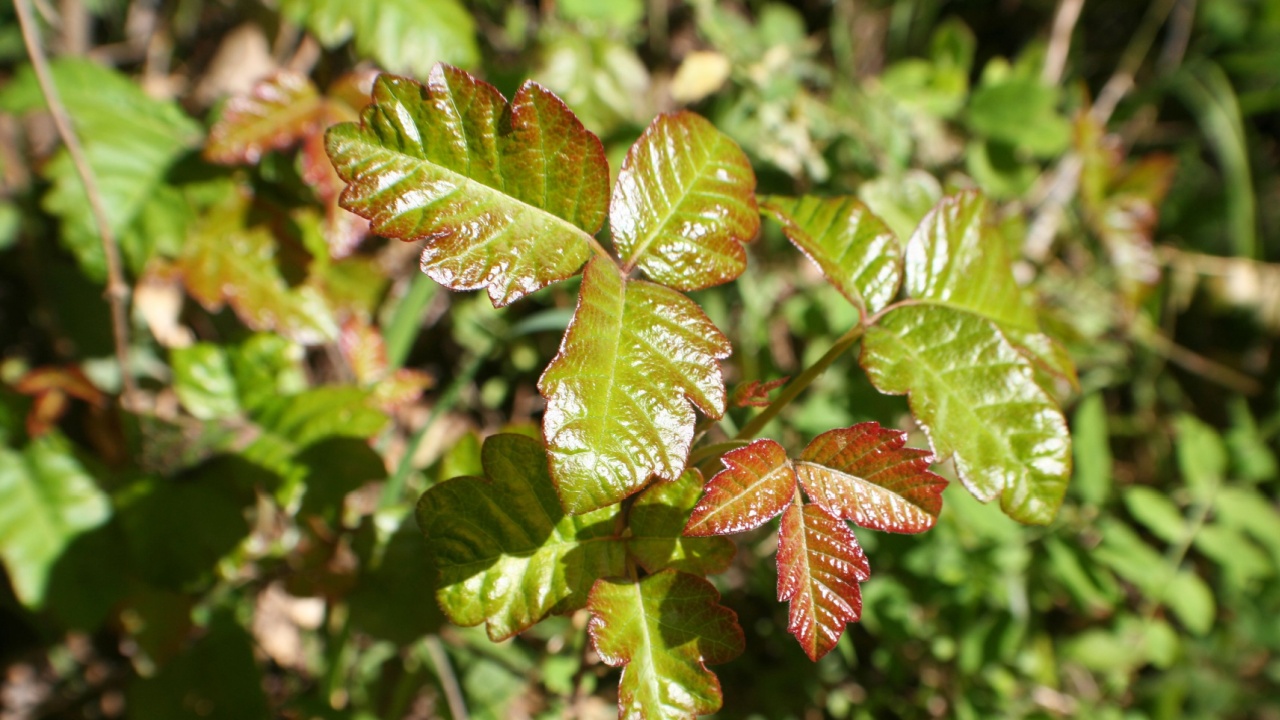
Image Credit: Shutterstock.
Just like poison ivy, poison oak causes skin irritation and an itchy, blistering rash when its oils come into contact with skin. Even brushing against the leaves can trigger a reaction, and the oils can linger on clothing, tools, or pet fur.
If you suspect poison oak is growing in your yard, it’s important to wear protective clothing and gloves when removing it, and never burn the plant—its toxic oils can also become airborne and cause serious respiratory issues (or death).
3. Poison Sumac

Image Credit: Shutterstock.
Found mostly along wetlands and swampy areas, poison sumac contains a potent oil called urushiol that can cause intense skin irritation, blistering, and itching, often more severe than poison ivy or oak. Unlike its more common relatives, poison sumac grows as a shrub or small tree with clusters of white or gray berries.
Learn what you need to know about removing poison sumac from your property.
4. Castor Beans

Image Credit: Shutterstock.
Susan Bristol, in the article, “Wicked Plants” (2009), submitted to AOL (America On Line), cites Dr. Susan Pell, a Molecular Plant Systematist at the Brooklyn Botanic Garden, stating,
… the castor bean plant is actually quite useful as it is processed to help in the production of castor oil. However, the seed coats of these greens are ripe with a toxin called ricin, which according to Pell, prevents a vital protein from helping with cell development.
Just two castor bean seeds may be enough to cause death in an adult.
5. Oleander Plant
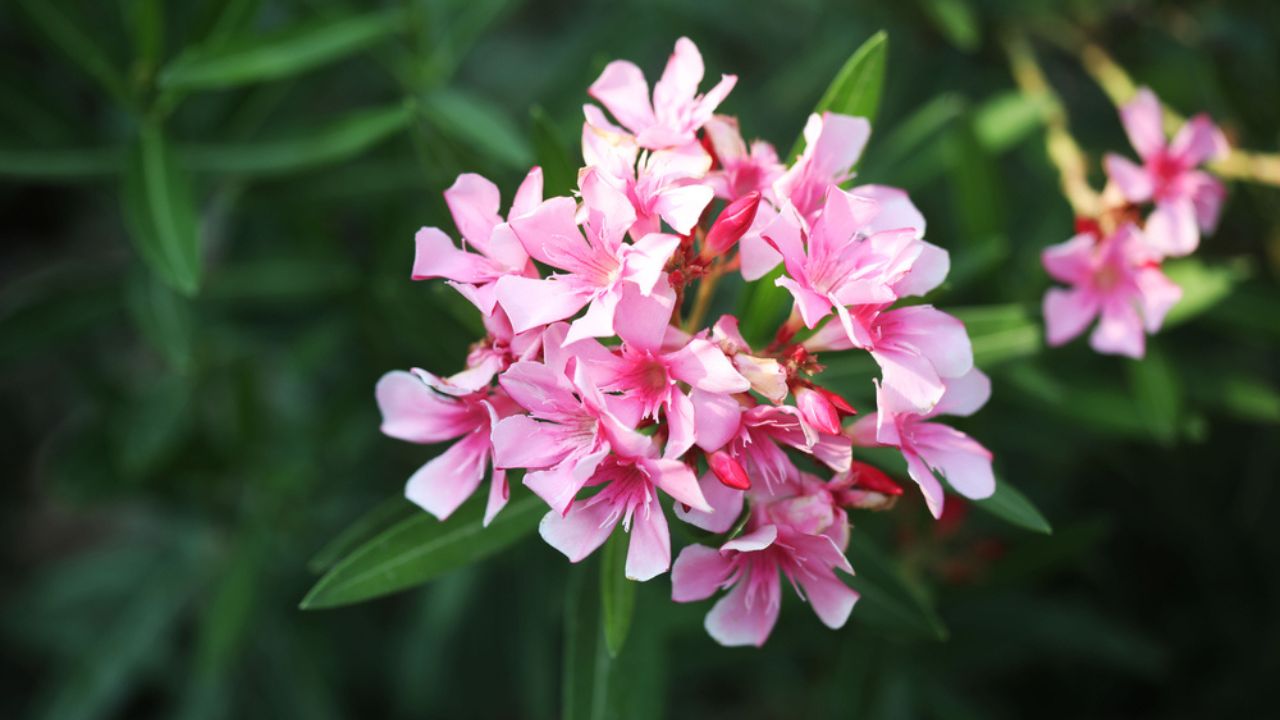
Image Credit: Shutterstock.
While oleander may be admired for its lush green leaves and beautiful, showy flowers, it’s one of the most poisonous garden plants around. All parts of the oleander—leaves, flowers, stems, and even the nectar—contain toxic compounds that can affect the heart, leading to serious health issues and even death if ingested.
Even small amounts can be dangerous, especially for children and pets. Always wear gloves when handling oleander and avoid planting it in spaces where curious hands or paws might explore.
6. Jimson Weed
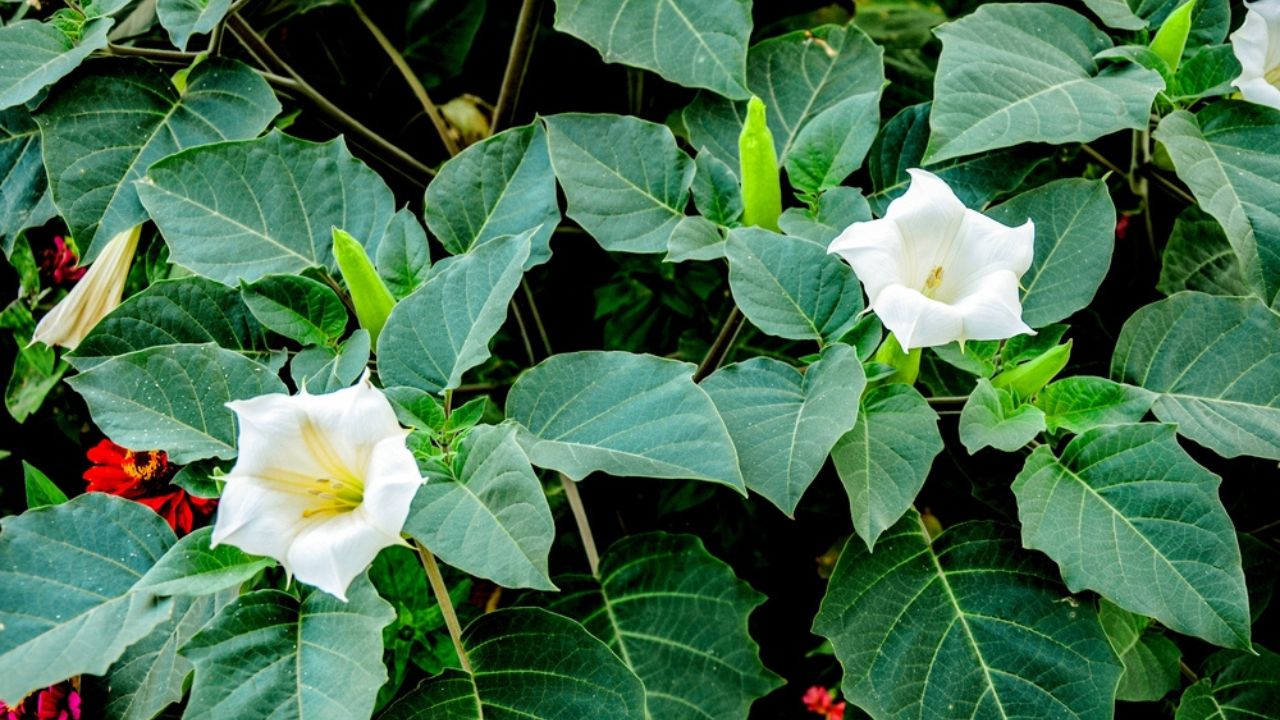
Image Credit: Shutterstock.
This plant—often known as stinkweed, locoweed, or thorn apple—is not just a nuisance in the garden; it’s dangerously toxic. A powerful hallucinogen, it contains tropane alkaloids that can cause confusion, delirium, seizures, or even death when ingested. Even skin contact with its sap can lead to irritation.
Despite its eerie beauty, this is one plant best admired from a distance and kept far from areas where children or pets might roam.
7. Euphorbia

Image credit: YAY Images.
Euphorbias are a large genus of plants, with many varieties that look like cacti.
While some varieties are popular ornamentals, their sap can trigger skin inflammation, painful rashes, and even temporary blindness if it gets into your eyes due to latex. Because reactions vary by species and individual sensitivity, it’s best to handle all euphorbias with gloves and caution.
8. Lantana
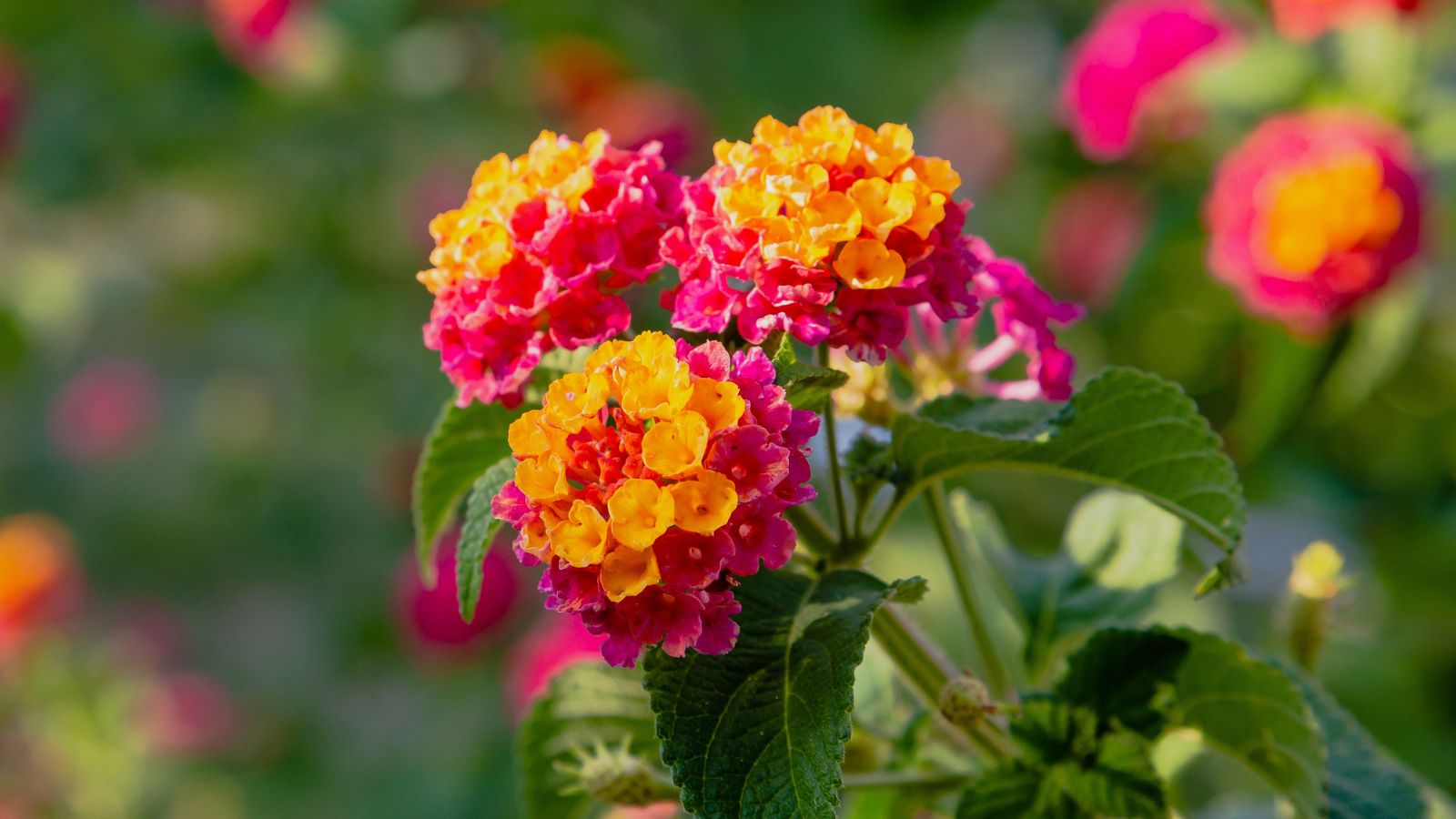
Image credit: Depositphotos.
Lantanas produce vibrant clusters of flowers that attract bees, butterflies, and other pollinators, making them a popular choice in ornamental gardens. However, despite their beauty, lantanas can be harmful.
The leaves and unripe berries can cause skin irritation upon contact, especially in sensitive individuals. More seriously, ingesting lantana—particularly in large amounts or by children and pets—can lead to severe symptoms, including nausea, liver damage, and even death.
9. Geraniums
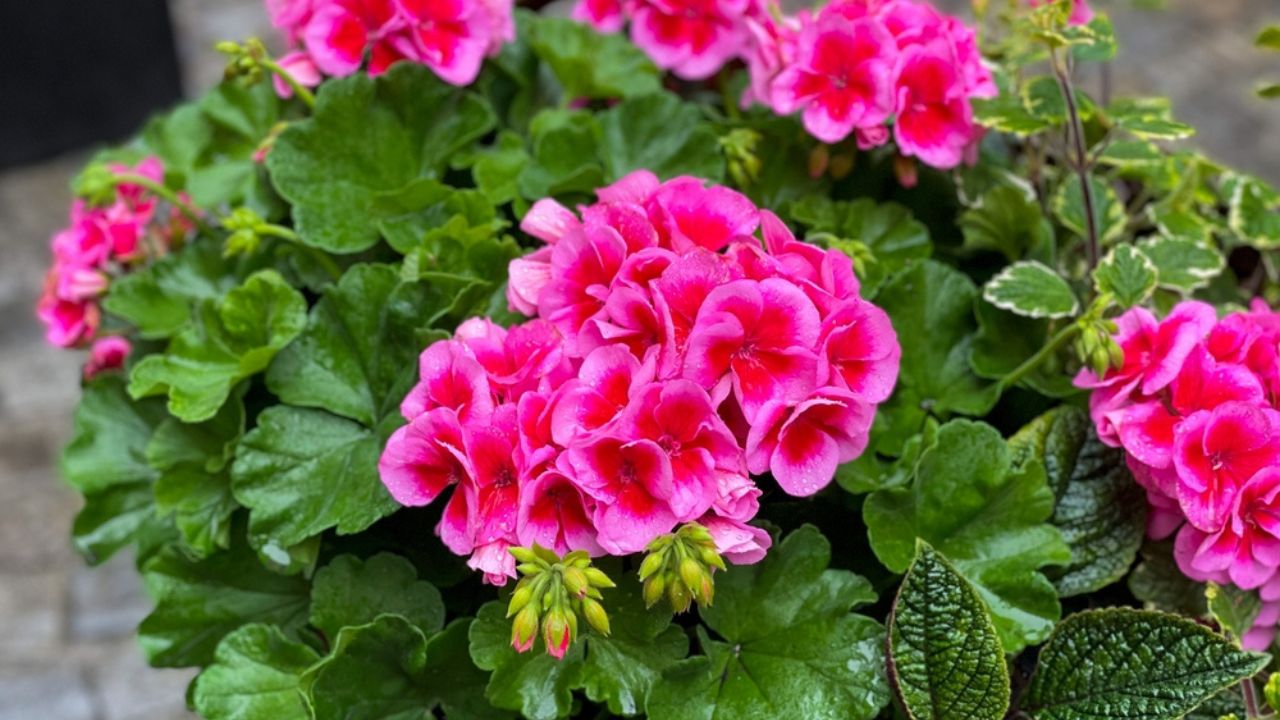
Image Credit: Shutterstock.
Geraniums, with their bright, colorful blooms, are a favorite among summer gardeners, adding vibrant beauty to gardens and patios. However, while these plants are visually appealing, handling them can lead to skin irritation in some individuals.
The sap, when in contact with the skin, may cause redness, rashes, or itching, especially for those with sensitive skin.
10. Daffodil Bulbs
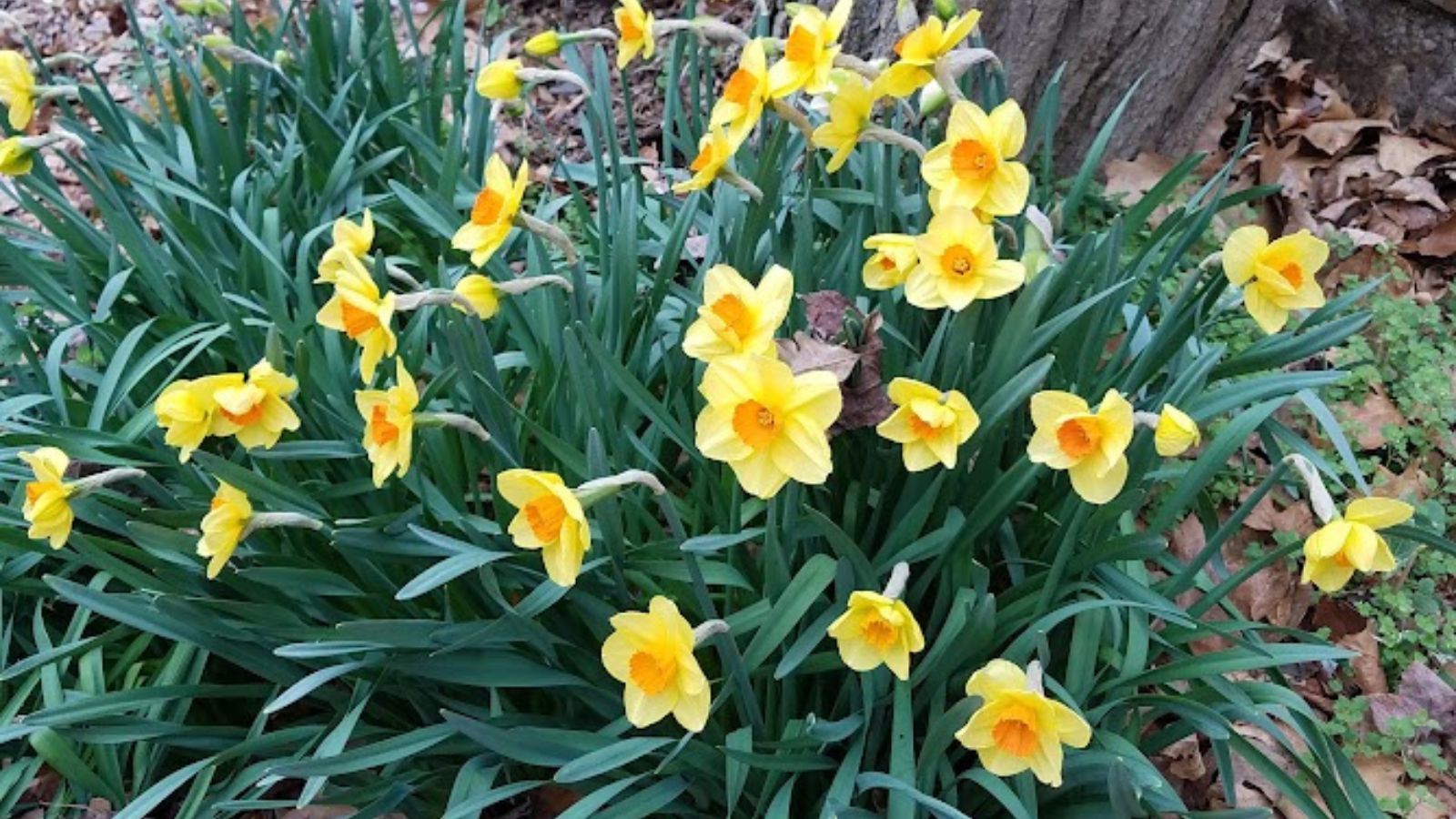
Image credit: Backyard Garden Lover.
Daffodils are beloved for their cheerful blooms, but their bulbs are highly toxic if ingested. Consuming even a small amount can lead to symptoms like nausea and vomiting, and in severe cases, it can be fatal. It’s important to keep these bulbs out of reach of children and pets, as they are especially dangerous when consumed.
11. Dieffenbachia

Image Credit: Shutterstock.
The plant causes severe irritation and a burning sensation in the mouth, and can also lead to swelling of the tongue, which may block the airway. Thus, it’s always important to handle this plant with care.
12. Rosary Pea
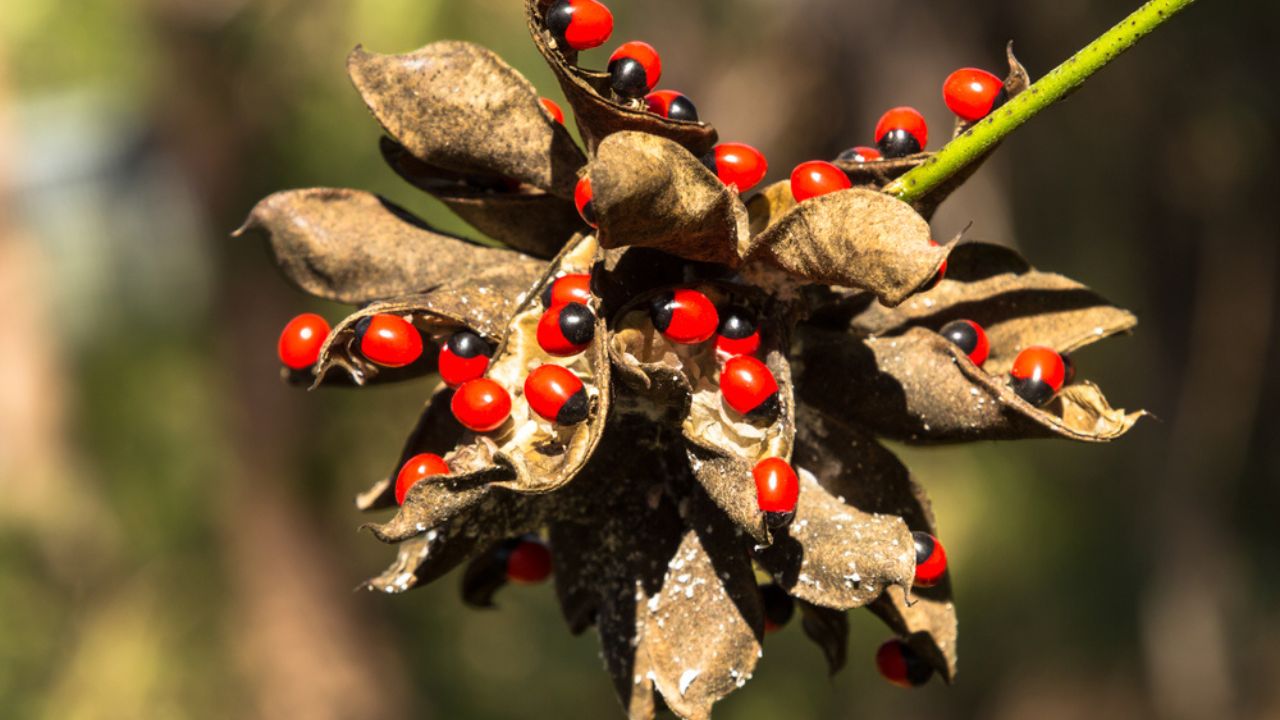
Image Credit: Shutterstock.
This plant is extremely poisonous. According to the online website, Poisonous Plants, in a chart reprinted from materials provided by the Texas State Department of Health and the National Safety Council,
“Consuming a single pea from this vine can cause death.”
Mistletoe Berries. Eating these causes death in children and adults.
Poison Hemlock. This looks like a carrot, but eating it causes death.”
How Gardening and Landscaping Affect Children, Teens, and Pets

Image Credit: Shutterstock.
Pets sometimes chew on indoor and outdoor plants, and children are often attracted by pretty flowers and berries. This alone should be enough to deter most family gardeners and landscapers from placing toxic plants in or around the home. New home buyers should make it a point to scour front and back yards for dangerous and/or unfamiliar plants.
Plants used as drugs may be attractive to some teens and adults. Teens who know how to grow plants such as cannabis (Marijuana) for narcotic use are just as likely to know about the effects of Jimson weed.
In a publication by the Do It Now Foundation, referring to the article, “Jimson Weed: Fast Facts” (2007), the staff states,
“All parts of the plant are toxic, so pleasant effects are limited – a big reason the plant is used only by novices.” And, “Psychological effects include confusion, euphoria, and delirium.”
Plants can be as dangerous as they are beautiful. In some cases, a single touch of a leaf produces an irritating rash, while plants such as poison ivy and related species are harmful even when burned.
Deadly berries and leaves in common decorative plants make the species a threat to pets and children.
Recognizing dangerous plants and removing them may prevent an unnecessary tragedy, especially where children and pets are concerned.
Wise parents and homeowners know it is important to be able to identify all plants growing on the property. Those plants that are unfamiliar should be properly identified for peace of mind.
I hope knowing these plants that are harmful to humans will help keep your family safe.



Jaemon. Ellis
Wednesday 6th of November 2024
thank u so much for this infomation about plants
Kitty
Thursday 30th of April 2020
Very interesting indeed. I'm making character concepts out of harmful plants. I find it weird that Lantana flowers cause skin irritation and death if eaten. I have some at my home and always loved touching and picking them, never got irritated skin though.
Bleeding Heart Plant Care Secrets You Should Know
Sunday 17th of February 2019
[…] if you have children and pets, you might want to skip growing this plant for now. Learn more about plants that are harmful to people or toxic plants for pets: you’ll be surprised to see some of your favorite flowers on those […]
Kim. Billhimer
Wednesday 6th of February 2019
Thank you for the info. I grew up around oleander plants and needles to say it made my skin. Itch. So yes what you are saying is true.
Toxic Plants For Pets - Never Let Your Pets Get Close To These Plants [Infographic]
Tuesday 25th of September 2018
[…] this seemingly harmless plant can be dangerous to your pets (it’s also harmful to people) when accidentally ingested due to its proteolytic enzyme and insoluble calcium […]